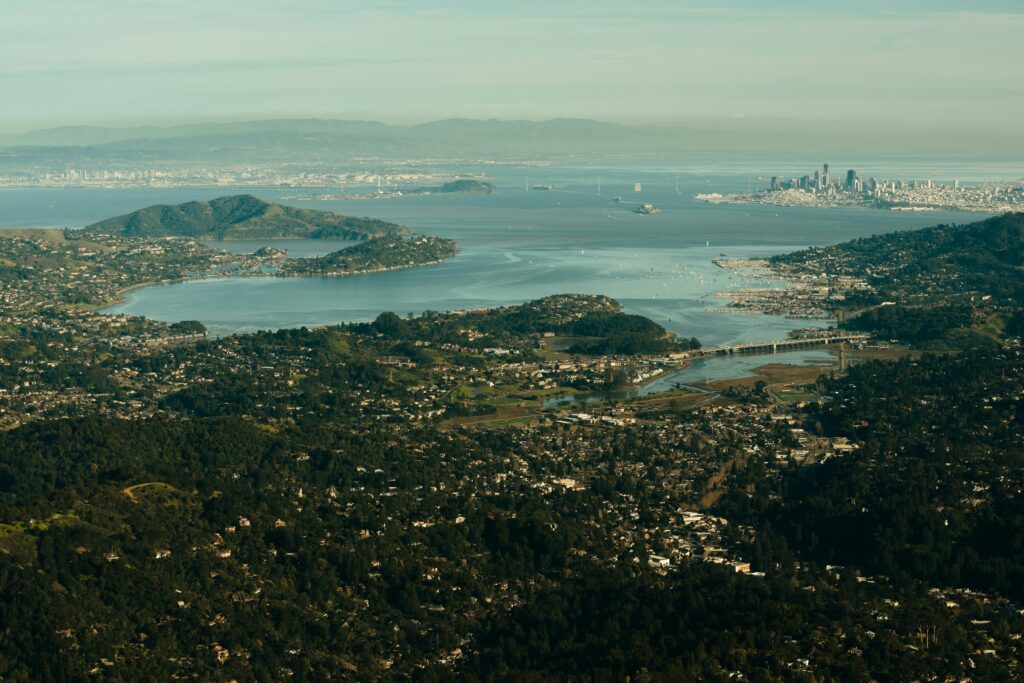
We’ve all felt it.
- The tension in our communities.
- The loneliness in our neighborhoods.
- The quiet fear in our hearts.
It’s not just in our heads—researcher Robert Putnam has been tracking this disconnection for decades. His work shows what many of us already know: since the 1960s, Americans have become more isolated, less trusting, and less engaged in community life.
- We join fewer groups.
- We know fewer neighbors.
- We’re more likely to feel alone.
This loss of connection makes everything harder—raising kids, solving local problems, building a healthy democracy. And when we feel alone, we become more afraid. And fear often leads us to distrust people who are different from us.
So what do we do?
We need a ‘whole of society’ response.
This is not a problem one group can solve alone. Not government. Not churches. Not nonprofits. Not businesses.
We all need to show up. Together.
We need every sector—faith, education, arts, culture, media, healthcare, business, nonprofits, and local government—to play a role in rebuilding relationships and trust in our communities.
Because, while disconnection is everywhere, so are the solutions.
- A public school can host a story-sharing night.
- A mosque or church can invite its neighbors for a meal.
- A small-town library can create a space for teenagers to hang out safely.
- A local business can support events that bring people together.
- A city council can fund trust-building programs, not just crisis response.
- A community center can celebrate the cultures that call their town home.
None of these acts fix everything. But together, they start to weave the social fabric back together.
Why this matters
When people are connected:
- We solve problems faster
- We take care of each other
- We are harder to divide
- We are more resilient in a crisis
- And we are less likely to fall for fear-based ideas that target “the other”
Rebuilding trust isn’t soft. It’s necessary.
It’s not a side issue. It’s the foundation.
What you can do
Whatever your role in society may be, ask:
- Who feels left out here?
- What would it take to bring people together?
- How can I be a bridge in my school, workplace, neighborhood, or congregation?
At Paths to Understanding, we offer tools like the Potluck Project to help people get started. But this isn’t just about one program. It’s about a shared movement toward connection, compassion, and common good. Whether you’re part of a faith group, cultural center, nonprofit, or local government, we’ve created a set of short guides to show how the Potluck Project can help your organization build relationships, reduce social distance, and strengthen your community.
Let’s build a future where our children aren’t just safe from harm, but rich in relationships.
Let’s bring people together again—not just in word, but in real time, at real tables, in real places.
We can’t wait for someone else to fix it.
We are the ones we’ve been waiting for.
If you’d like to bring a potluck or other bridge-building program to your community, visit www.pathstounderstanding.org for ideas and resources
